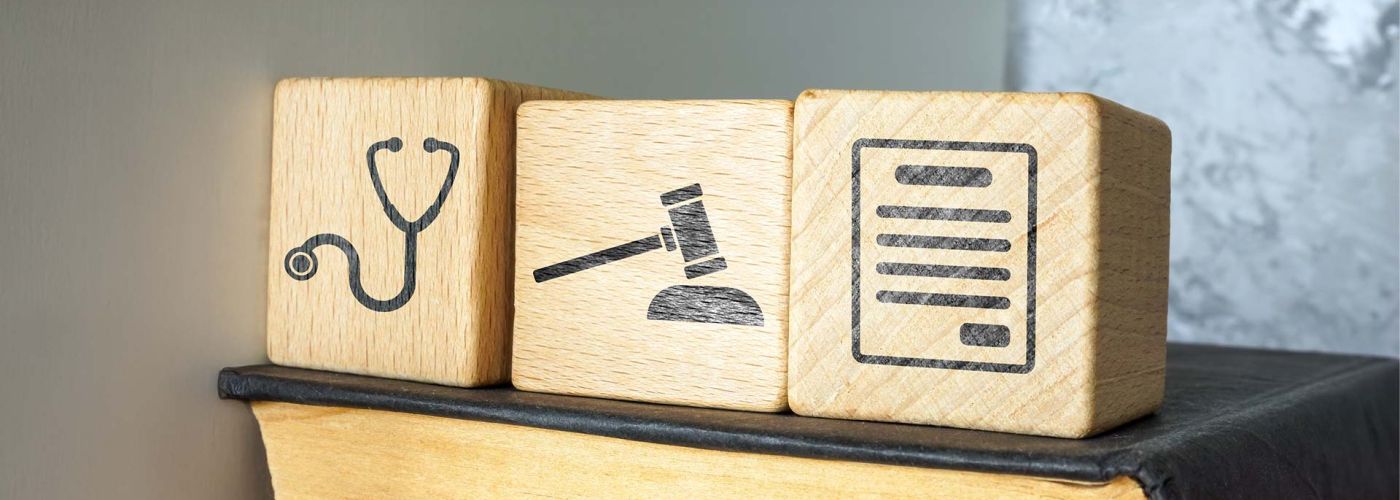Diagnostic accuracy is one of the most fundamental responsibilities in healthcare. Yet even when clinicians make the correct diagnosis, the effectiveness of care often depends on what happens afterward: whether follow-up recommendations are communicated, tracked, and completed. When follow-up breaks down, the consequences can be profound, both for patients and for the organizations that serve them.
A new report from Coverys, as highlighted by Radiology Business, brings this reality into sharp focus. Between 2020 and 2024, diagnostic errors accounted for nearly 40 percent of malpractice claims in physician offices. The average payout for such cases reached $661,000, more than double the average payout for other office-based malpractice claims. Cancer diagnoses were most frequently missed, particularly prostate, lung, breast, and colorectal cancers.
The findings underscore the urgent need for high-reliability follow-up systems—frameworks and processes that ensure every diagnostic recommendation is acted upon in a timely, consistent, and complete way.
What the Data Shows: Diagnostic Errors in Physician Offices
Coverys analyzed more than 6,000 closed malpractice claims across care settings, with 1,442 specifically tied to physician offices. Among these:
- 38 percent involved missed, wrong, or delayed diagnoses.
- Diagnostic errors were the leading cause of office-based malpractice claims, ahead of surgery/procedure and medical treatment cases.
- About one-third of diagnostic errors in offices resulted in patient death, while 22 percent caused a high-severity injury. Together, these two outcomes accounted for 72 percent of indemnity paid.
- Cancer topped the list of missed diagnoses, followed by infections, vascular issues, and cardiac concerns.
The average payout of $661,000 highlights the significant financial stakes. In cancer-related cases, payouts were even higher: $749,000 for prostate cancer, $698,000 for breast cancer, and $555,000 for lung cancer.
These figures emphasize not only the human cost of missed diagnoses but also the organizational imperative to strengthen follow-up practices.
Stories Behind the Data: The Human Cost of Missed Follow-Up
The Coverys analysis underscores how easily patient harm can occur when follow-up is incomplete. In several of the cases examined, radiology findings that warranted additional imaging or referral never led to action. A lung mass on X-ray was not communicated to the patient or primary care provider, later progressing to stage 3B cancer. A radiologist’s CT recommendation for a smoker with hemoptysis was left unaddressed for 18 months, delaying diagnosis. Other patients waited more than a year for follow-up imaging of suspected mediastinal masses or incidental MRI findings, leading to advanced disease and, in some cases, organ loss.
These stories are not abstract—they mirror real experiences. Jill, a friend of Angela Adams, underwent a CT scan for appendicitis, which revealed a breast lesion. The finding was never followed up. It was only rediscovered during a routine mammogram, by which point the cancer had metastasized. Jill’s experience illustrates how even in well-resourced settings, the absence of reliable systems for follow-up can profoundly change the course of a patient’s life.
Why Follow-Up Breaks Down
Diagnostic errors in outpatient care often stem from a combination of system and process gaps:
- Communication gaps: Radiology findings may be documented in a report but not effectively conveyed to the ordering physician or patient.
- Workflow silos: Providers may assume someone else will manage follow-up, leading to ambiguity and inaction.
- Patient engagement challenges: Patients may not fully understand the importance of recommended tests or may face logistical barriers to scheduling them.
- Tracking limitations: Many organizations lack reliable systems to monitor whether recommended follow-ups are completed.
In the Coverys analysis, about 30 percent of diagnostic error claims stemmed from failures to order appropriate tests or specialty referrals. These missed steps illustrate how fragile traditional processes can be in the absence of structured, reliable systems.
High-Reliability Follow-Up: A Path Forward
To address these risks, healthcare organizations can turn to high-reliability follow-up—an approach grounded in the principles of high-reliability organizations (HROs) such as aviation and nuclear power. These industries operate under conditions of complexity and risk yet achieve remarkably low error rates by prioritizing resilience, standardization, and anticipation of failure.
Applied to healthcare, high-reliability follow-up emphasizes:
- Comprehensive identification: Every actionable recommendation, regardless of phrasing or source, is captured.
- Systematic communication: Recommendations are clearly and consistently conveyed to both providers and patients.
- Closed-loop tracking: Every follow-up step is documented, monitored, and verified to completion.
- Escalation protocols: If follow-up does not occur on time, risks are flagged and addressed before harm can occur.
- Continuous improvement: Data on follow-up adherence is monitored and used to refine workflows over time.
These practices shift follow-up from a fragmented process to a structured system designed to minimize missed care events.
Insights from High-Reliability Models
The Joint Commission’s High Reliability Health Care Maturity Model and other frameworks provide guidance for embedding reliability into clinical care. Key components include:
- Leadership commitment: Leaders must view follow-up as a core safety function, not an administrative detail.
- Process standardization: Consistent workflows reduce variability and ambiguity.
- Learning systems: Organizations continuously study near misses and outcomes to strengthen resilience.
Academic literature supports this approach. Studies in AJR, JAMA Network Open, and other journals confirm that structured follow-up systems improve completion rates and reduce delays. Evidence shows that closed-loop communication and monitoring are particularly effective in radiology, where many actionable findings are incidental and easily overlooked.
The Financial Case for High-Reliability Follow-Up
The financial implications of diagnostic errors are clear. With average payouts of $661,000 per claim—and even higher for certain cancers—preventing even a handful of missed follow-ups can offset the investment in building reliable systems.
Beyond malpractice, high-reliability follow-up supports broader financial and strategic goals:
- Reduced waste: Avoiding duplicate imaging and unnecessary emergency care saves costs.
- Improved payer relationships: Demonstrating reliable processes supports value-based care contracts and quality metrics.
- Enhanced patient loyalty: Patients who feel supported through their care journey are more likely to remain engaged with their providers.
By reframing follow-up as both a patient safety and financial strategy, organizations can align clinical, operational, and strategic objectives.
Building a Culture of Reliability
Achieving high-reliability follow-up requires more than adopting new tools or workflows. It demands a cultural shift:
- Clinicians must recognize that follow-up is an integral part of diagnosis, not an optional step.
- Patients must be supported with clear communication and engagement strategies that encourage participation in follow-up care.
- Organizations must commit to transparency, tracking, and continuous learning.
When these elements come together, follow-up evolves from a vulnerable process into a cornerstone of safe, effective care.
A Call to Action
The Coverys data tells a powerful story: diagnostic errors in physician offices are costly, common, and too often tied to missed or delayed follow-up. With average payouts exceeding $661,000 per claim and patient harm at stake, the case for change is compelling.
High-reliability follow-up offers a proven path forward. By standardizing processes, closing communication loops, and continuously monitoring outcomes, healthcare organizations can reduce diagnostic errors, improve patient safety, and strengthen financial performance.
The future of diagnostic excellence will depend not only on the accuracy of the initial finding but on the reliability of the systems that ensure every recommendation is followed through to completion.












